Featured
- Get link
- X
- Other Apps
Arctic Ice Melt
But any single month season or even year is just a snapshot in time. The 2007 melt season let to a minimum 39 below the 19792000 average and for the first time in human memory the.
 Arctic Ice Isn T Doomed Yet Here S How To Save It
Arctic Ice Isn T Doomed Yet Here S How To Save It
Weve all seen the pictures.
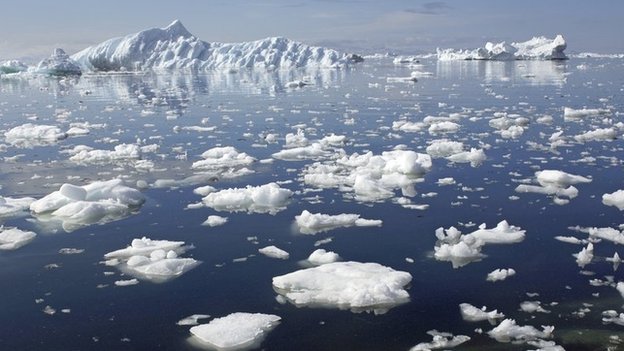
Arctic ice melt. A Siberian heat wave in spring 2020 began this years Arctic sea ice melt season early and with Arctic temperatures being 14 to 18 degrees Fahrenheit 8 to 10 degrees Celsius warmer than average the ice extent kept declining. The current is part of a delicate Arctic environment that is now flooded with fresh water an effect of human-caused climate change. The Arctic is melting much faster than expected and could even be ice-free in summer by the late 2030s a report from the Arctic Councils Arctic Monitoring and Assessment.
Fram Strait Arctic Circle CNN Its spring in the Arctic and nature in the far north is just waking up warmed by 24 daily hours of sunlight. In August the ice sheet lost 60 billion tons in just 5 days of summer. A catastrophic marine ecosystem crisis of unimaginable consequences is taking shape.
Here in the waters of the Fram Strait between. The Arctic affects the jet stream causing extreme weather all over the world. The Arctic sea ice September minimum extent ie area with at least 15 sea ice coverage reached new record lows in 2002 2005 2007 and 2012.
According to a CNN report the Arctic is heating up twice as fast as the global average causing massive melting of sea ice. First the bad news. One cant look through news headlines not to bump into this or that warming prediction forecast or fear-mongering.
But as the climate warms the Arctic loses more ice than it. The Arctic sea ice seasonal cycle can be seen in the image below from the Arctic-ROOS system. Ice loss is a function of natural climate variability and anthropogenic warming caused by increased atmospheric CO 2 concentrations.
Greenlands ice is disappearing six times faster than it was four decades ago. It shows the Arctic sea ice extent change over a year. The melt season usually starts in March after the peak ice extent is reached lasting all the way to September.
A reduction in atmospheric sulphate aerosol pollutants emitted by factories ships and other sources. But now researchers are wondering if a record hot and sunny start to the Arctic sea ice melt season could be linked to the Coronavirus lockdown. In the Arctic the warm summer months melt away ice and the winter snowfall freezes it back.
A forlorn polar bear stranded on an ice floe - the living symbol of global warming melting the ice. The absence of sea ice in the Arctic is closely connected to the melting of permafrost according to a new study. The current is part of a delicate Arctic environment that is now flooded with fresh water an effect of human-caused climate change.
We monitor summer ice in. The Arctic is melting. Arctic is melting Northern Sea Route soon to be ice-free all year-long Global Warming is here and now look at Arctic ice so on and so forth.
The long view is more telling and it is troubling. In autumn the annual freeze-up of sea ice got off to a late and sluggish start. A major ocean current in the Arctic is faster and more turbulent as a result of rapid sea ice melt a new study from NASA shows.
Sea ice is rapidly disappearing as a result of climate change and warming seawater temperatures. A major ocean current in the Arctic is faster and more turbulent as a result of rapid sea ice melt a new study from NASA shows. The Arctic is melting at unprecedented rates.
Image caption Arctic ice melt is linked to melting permafrost says a new study. By the end of summer Arctic Ocean ice cover melted back to the second-lowest minimum extent on record. The Arctic used to be white but now its turning blue and absorbing more heat in a feedback loop.
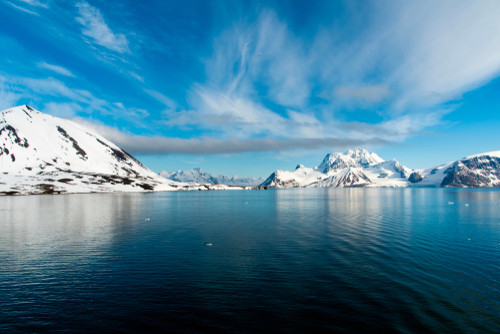 If Arctic Ice Melt Doesn T Boost Sea Levels Do We Care Environment The Jakarta Post
If Arctic Ice Melt Doesn T Boost Sea Levels Do We Care Environment The Jakarta Post
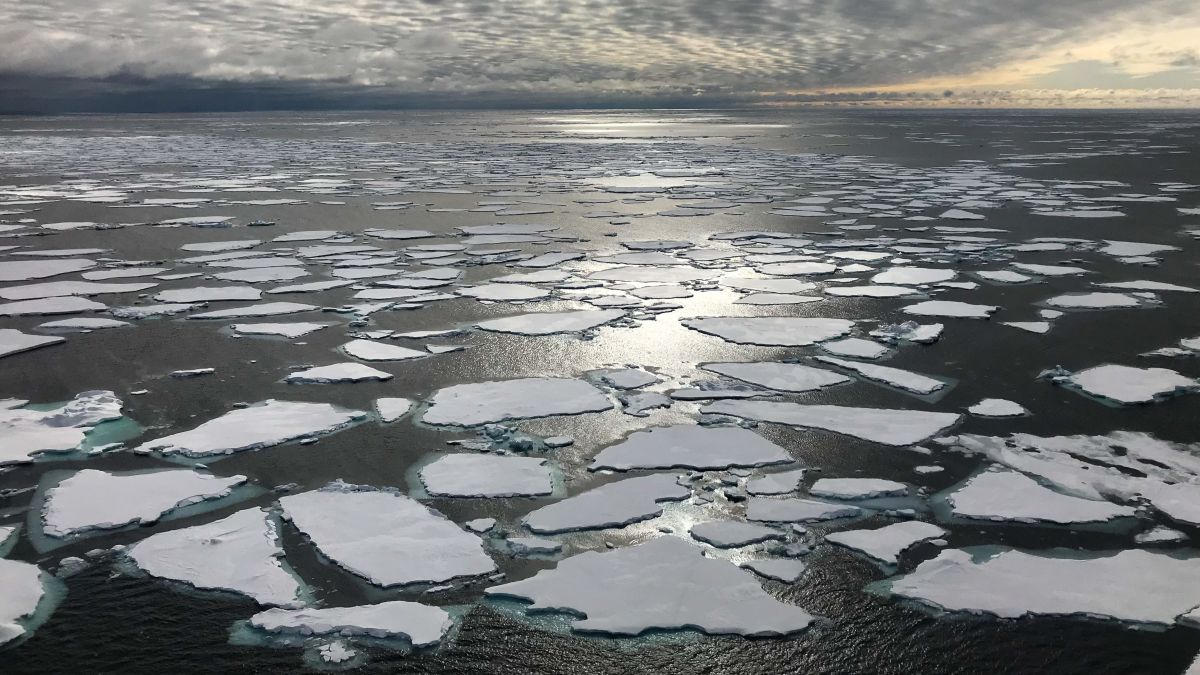 Arctic Melt The Threat Beneath The Ice Cnn
Arctic Melt The Threat Beneath The Ice Cnn
 Arctic Sea Ice Is Being Increasingly Melted From Below By Warming Atlantic Water
Arctic Sea Ice Is Being Increasingly Melted From Below By Warming Atlantic Water
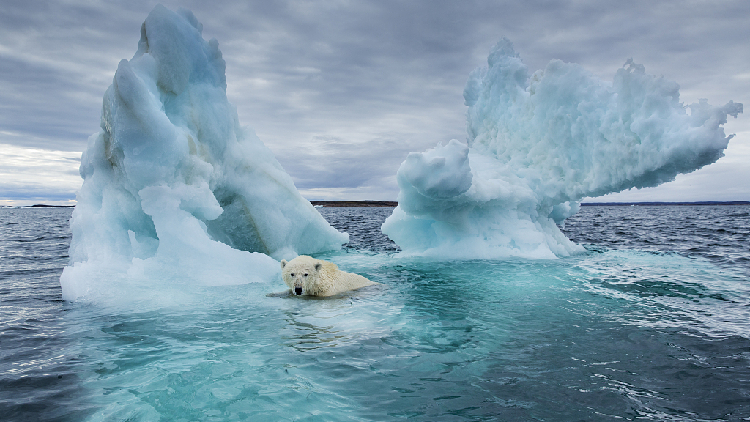 Arctic Sea Ice Melting Faster Than Forecast Cgtn
Arctic Sea Ice Melting Faster Than Forecast Cgtn
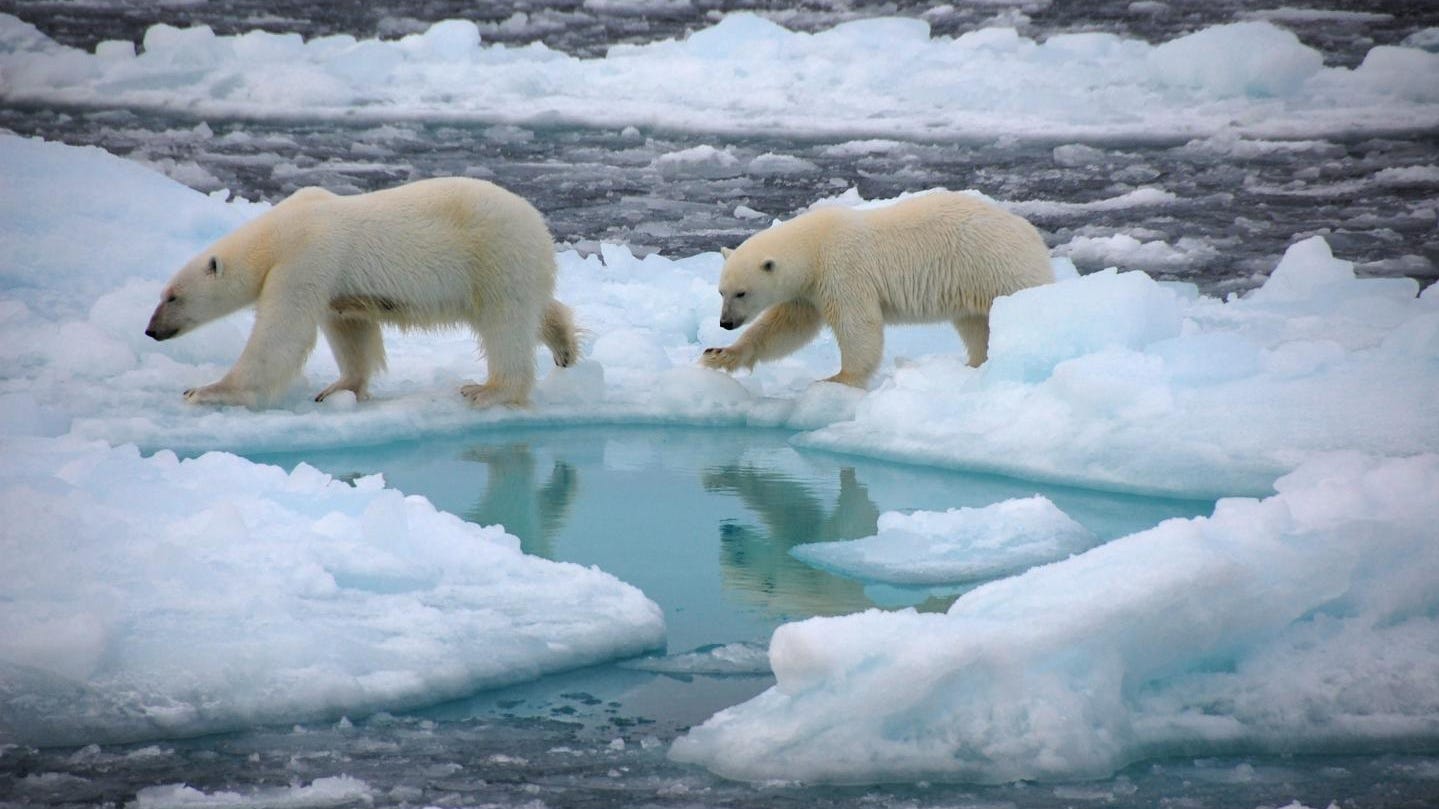 Global Warming Summer Arctic Sea Ice Will Be Gone By 2050
Global Warming Summer Arctic Sea Ice Will Be Gone By 2050
2019 Arctic Sea Ice Minimum Tied For Second Lowest On Record Jakarta Berketahanan
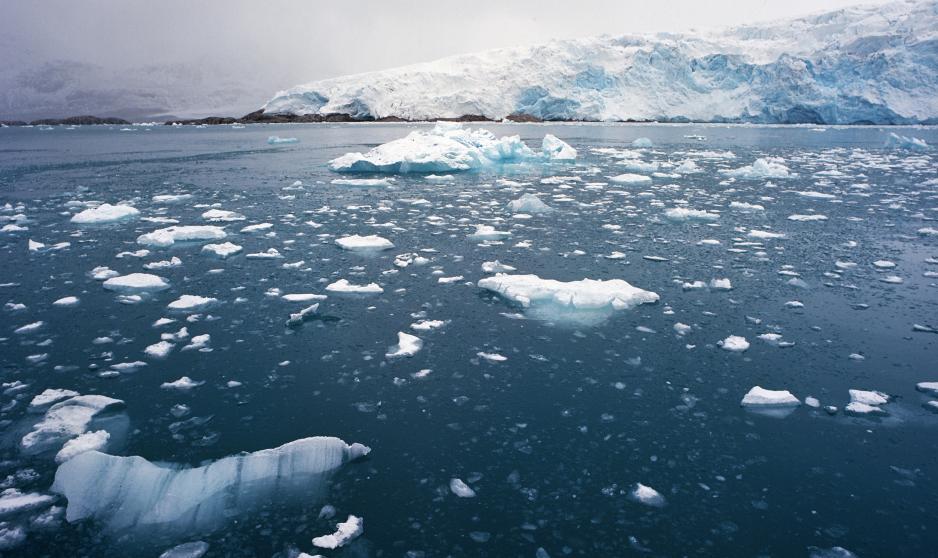 Unprecedented Lack Of Refreeze Across Arctic As Ice Continues To Melt
Unprecedented Lack Of Refreeze Across Arctic As Ice Continues To Melt
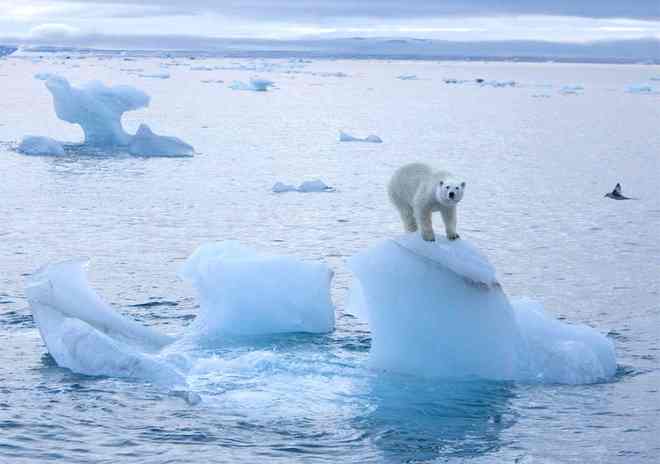 Arctic Ice Melt Disrupting Ocean Current May Alter Europe S Climate
Arctic Ice Melt Disrupting Ocean Current May Alter Europe S Climate
 The Arctic Is In A Death Spiral How Much Longer Will It Exist Environment The Guardian
The Arctic Is In A Death Spiral How Much Longer Will It Exist Environment The Guardian
 Arctic Ice Melt Is Rocking World Weather Green Prophet
Arctic Ice Melt Is Rocking World Weather Green Prophet
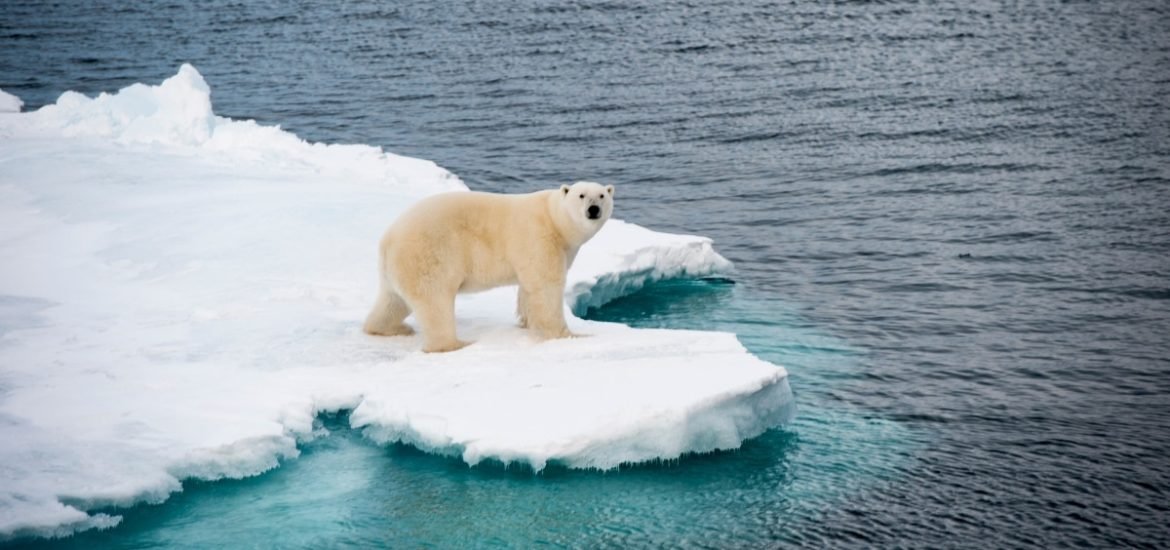 Arctic Ice Is Melting Too Quickly And Disrupting The Transpolar Drift
Arctic Ice Is Melting Too Quickly And Disrupting The Transpolar Drift
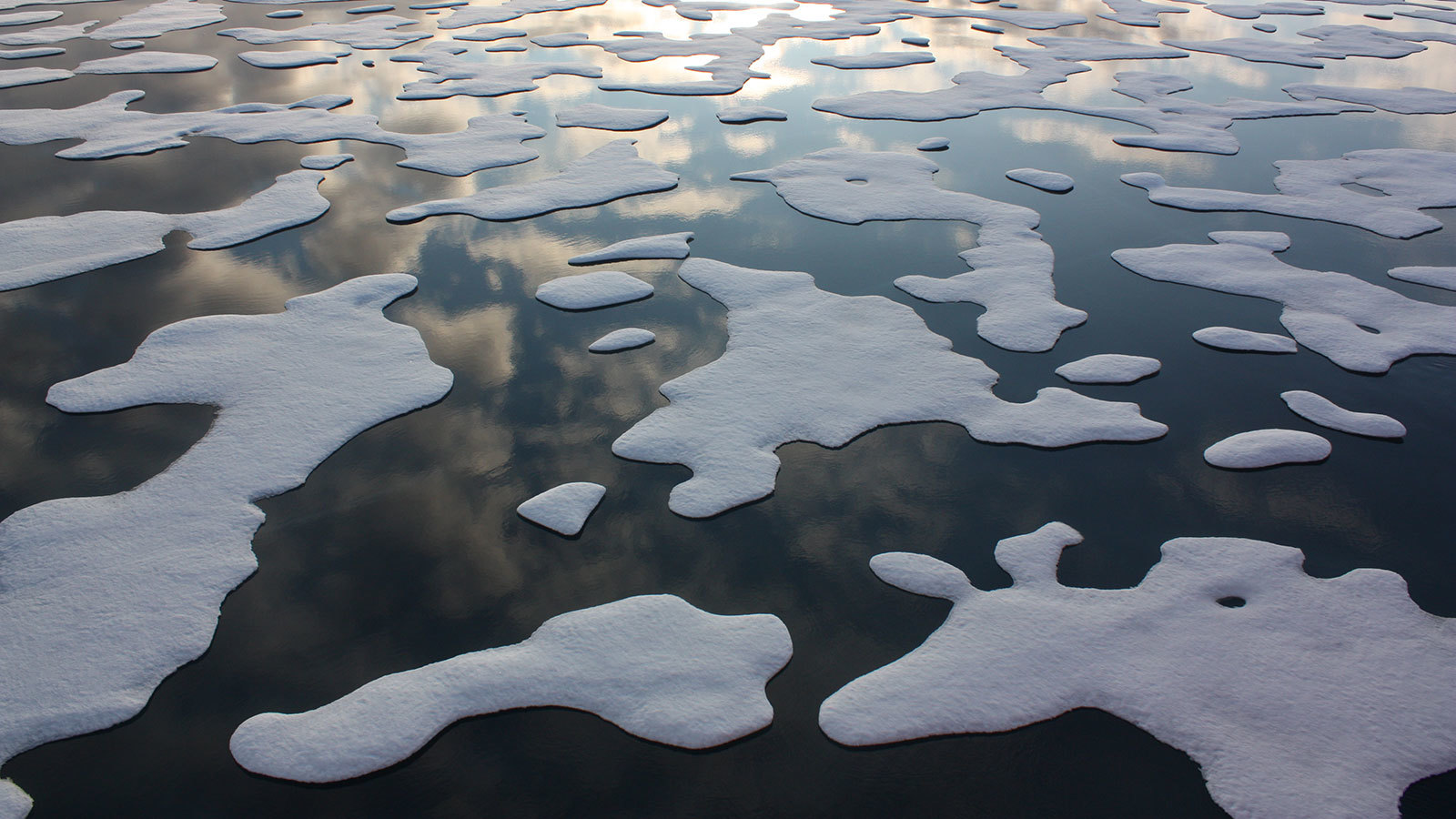 Arctic Ice Melt Is Changing Ocean Currents Climate Change Vital Signs Of The Planet
Arctic Ice Melt Is Changing Ocean Currents Climate Change Vital Signs Of The Planet
 How Much Arctic Ice Have You Melted Geospatial World
How Much Arctic Ice Have You Melted Geospatial World

Comments
Post a Comment